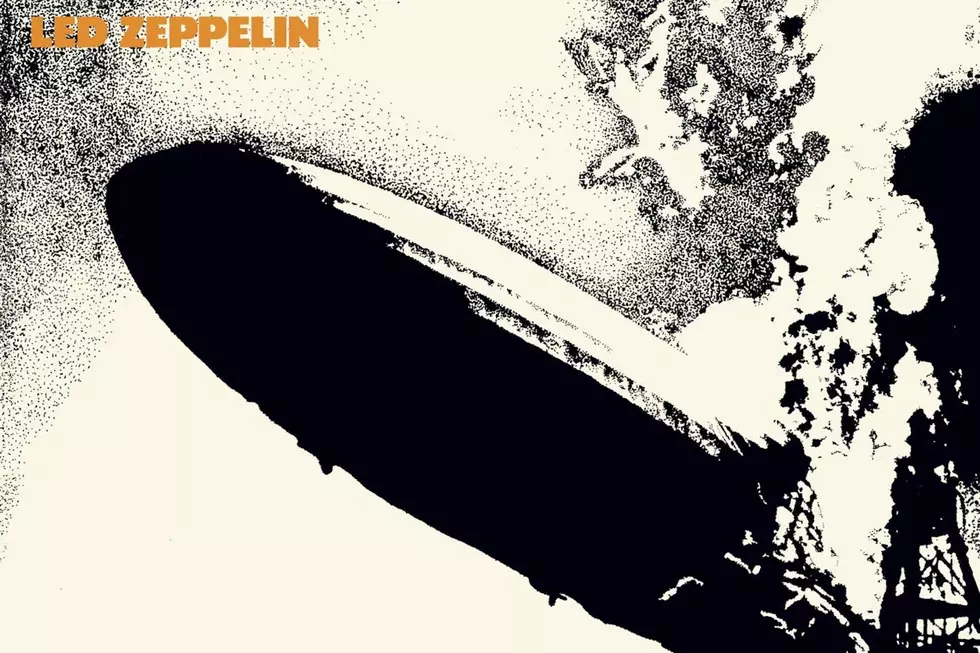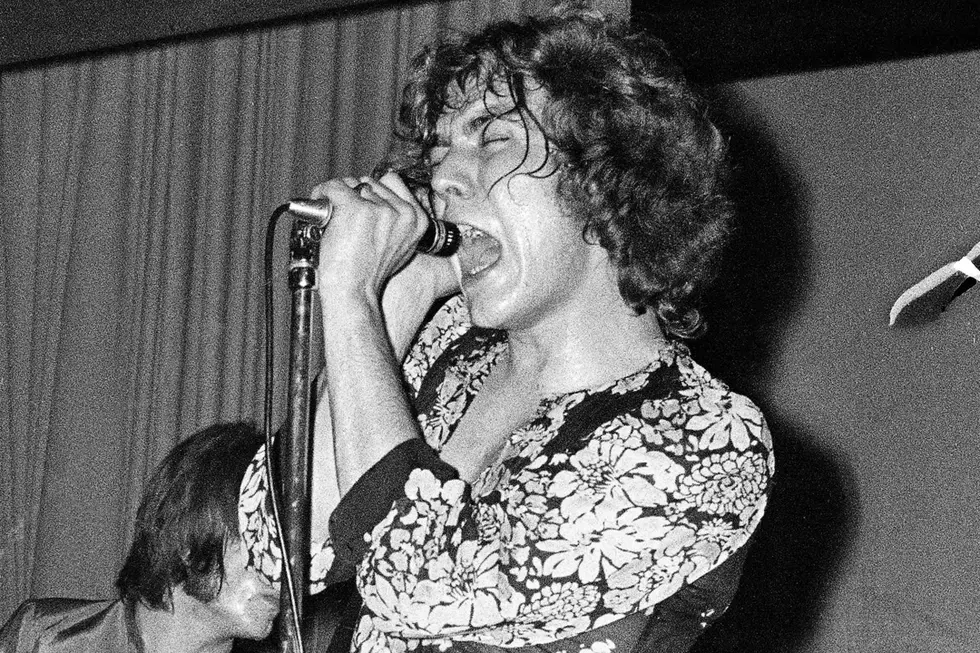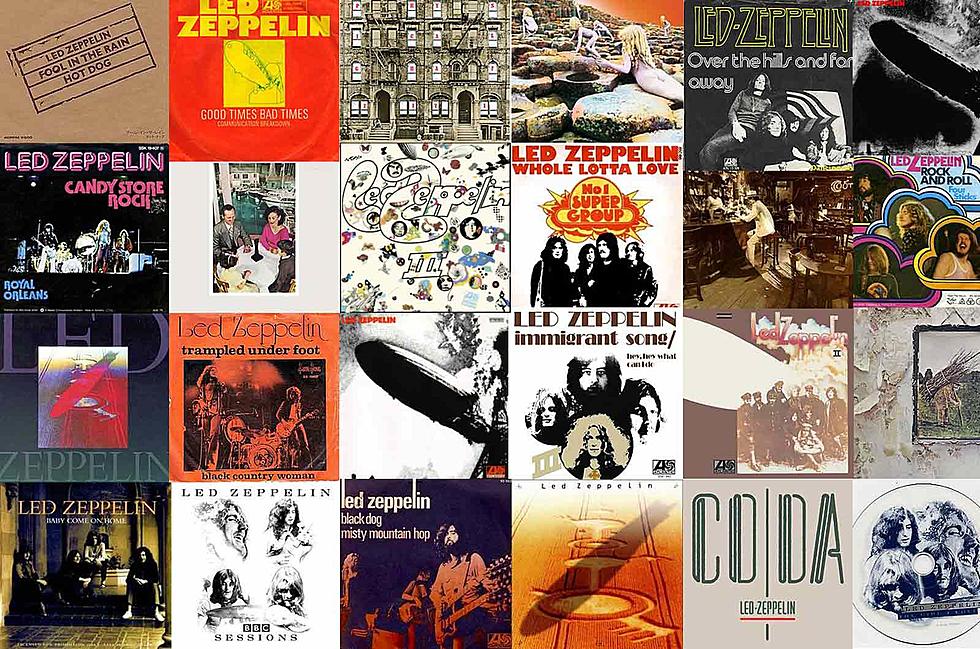
Led Zeppelin, ‘Physical Graffiti (Deluxe Edition)’ – Album Review
For an album half filled with leftovers from earlier records, Physical Graffiti sure sounds cohesive. Led Zeppelin's 1975 double-LP behemoth -- a rafters-shaking, foot-stomping assault that's bigger and badder than their previous five albums -- was made during a rocky period in the band's career.
After staging a mammoth tour in support of 1973's Houses of the Holy, the group started work on their sixth album. But progress quickly stalled as fatigue set in. At one point, bassist John Paul Jones almost quit altogether. By the time they left a U.K. studio in early 1974, they had eight new songs to go along with seven outtakes stretching from 1970's Led Zeppelin III through Houses of the Holy.
And by weaving the material over four sides -- and opening and closing the album with a pair of the new cuts -- Zeppelin formed one of their heaviest records. Besides a few tell-tale signs (the acoustic instrumental "Bron-Yr-Aur," leftover from Led Zeppelin III, "Boogie With Stu," a throwaway bluesy jam from more than four years earlier), most fans at the time had no idea that songs such as 'The Rover' were shelved from older sessions.
Listening to it today, 40 years later, Physical Graffiti stands as one of Zeppelin's greatest achievements, a powerhouse work that juggles monster tracks both new ("Trampled Under Foot," "Kashmir," "Ten Years Gone") and old ("Houses of the Holy"). And with a bonus disc of extra songs on the Deluxe Edition of the album's latest remaster, we get a brief peek into the working stages of some of the record's most eternal cuts.
Unfortunately, just as with the preceding two reissues in the series, that peek isn't all that revealing. Three of the seven songs may boast new titles (well, mostly new titles: a rough orchestra mix of "Kashmir" is called "Driving Through Kashmir"), but they're all just variations on previously released songs, such as an early mix of "Trampled Under Foot" called "Brandy & Coke" and a "Rough Mix With Overdubs" version of "Houses of the Holy" that doesn't sound all that different than the one you already know.
Only a rough, almost-skeletal-at-times version of "In the Light" titled "Everybody Makes It Through" presents the four-decade-old material in a relatively new light. The rough mix of "Trampled Under Foot," which puts more focus on Robert Plant's appealingly abrasive vocals, also gives the band a vicious and rugged edge that would be explored more deeply on Physical Graffiti's follow-up, the next year's Presence.
But those seven extra songs are just bait. As is the new remaster overseen by Jimmy Page that sharpens a few of the album's wild twists and turns. The real reason to revisit Physical Graffiti is to hear one of the planet's greatest rock groups working at full throttle. Nobody could touch them when they were this big and this bad. Even their leftovers are gargantuan.
You Think You Know Led Zeppelin?
Jimmy Page's and Other Rockers’ Yearbook Photos
More From Ultimate Classic Rock









